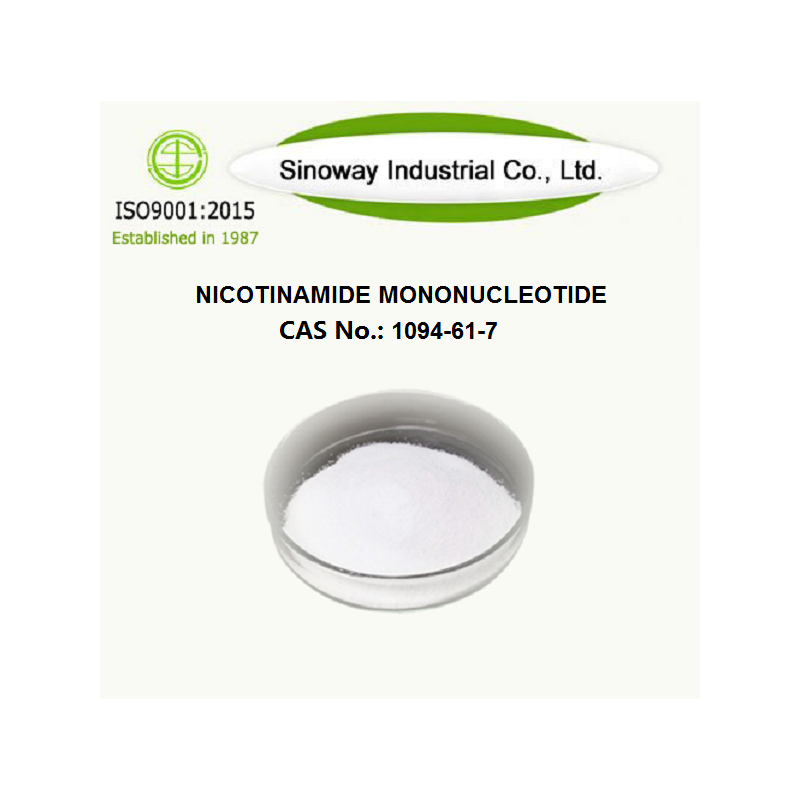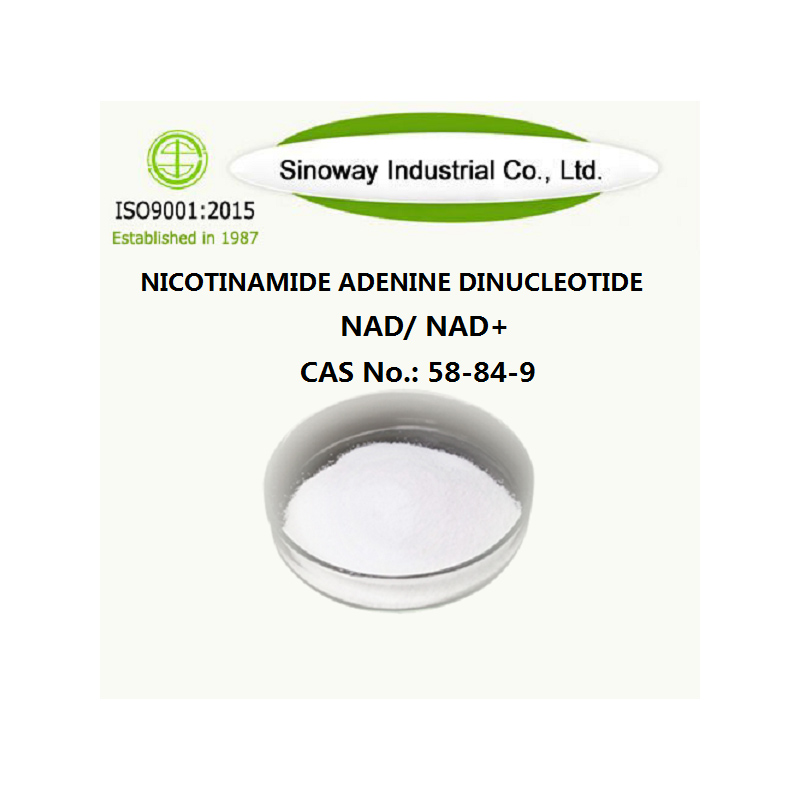|
Product Information |
|
Product name |
Astaxanthin |
|
CAS No. |
472-61-7 |
|
Molecular Formula |
C40H52O4 |
|
Molecular Weight |
596.84 |
|
Quality Standard |
5%-10% or customized according to customer's request. |
|
Appearance |
Dark red powder/ Dark red oil |
|
COA of Astaxanthin |
|
ITEM |
STANDARD |
TEST RESULT |
|
Specification/Assay |
≥5.0% |
5.2% |
|
Physical & Chemical |
||
|
Appearance |
Dark Red Oil |
Complies |
|
Odor & Taste |
Characteristic |
Complies |
|
Loss on Drying |
≤5.0% |
2.55% |
|
Ash |
≤1.0% |
0.54% |
|
Heavy Metal |
||
|
Total Heavy Metal |
≤10.0ppm |
Complies |
|
Lead |
≤2.0ppm |
Complies |
|
Arsenic |
≤2.0ppm |
Complies |
|
Mercury |
≤0.1ppm |
Complies |
|
Cadmium |
≤1.0ppm |
Complies |
|
Microbiological Test |
||
|
Microbiological Test |
≤1,000cfu/g |
Complies |
|
Yeast & Mold |
≤100cfu/g |
Complies |
|
E.Coli |
Negative |
Negative |
|
Salmonella |
Negative |
Negative |
|
Conclusion |
The product meets the testing requirements by inspection. |
|
|
Usage |
What is Astaxanthin?
Astaxanthin is widely found in shrimps, crabs, fish, birds, certain algae and fungi. As a carotenoid that is not pro-vitamin A, astaxanthin cannot be converted into vitamin A in animals, but it has the same antioxidant effect as carotenoids. Its ability to quench singlet oxygen and capture free radicals is better than β -Carotene is more than 10 times higher and more than 100 times stronger than vitamin E. People also call it "super vitamin E". Astaxanthin has been widely recognized for its anti-oxidation, coloring, and immunity-enhancing properties. The United States and other countries have allowed it to be used in production as a food additive. As a natural food additive, it has broad development prospects.
The production methods of astaxanthin include natural extraction and chemical synthesis.
Chemically synthesized astaxanthin is significantly different from natural astaxanthin in terms of structure, function, application and safety, and its stability, antioxidant activity and coloring properties are also significantly lower than natural astaxanthin, so large-scale production generally tends to Extraction of natural astaxanthin.
Natural astaxanthin also known as astacin, is a kind of precious health ingredients, is used for development to enhance immunity, anti-oxidation, anti-inflammatory, eyes and brain health, regulating blood lipids and other natural and healthy products. At present, the main used as a raw material for human health food; aquaculture (currently the main salmon, trout and salmon), poultry feed additive and additives of cosmetics. It can significantly improve the body's immunity, because of its non-specific combination with skeletal muscle, can effectively remove the free radicals which are generated by the movement of the muscle cells, strengthen aerobic metabolism, so it has a significant anti fatigue effect.
Function of Astaxanthin
1. The primary use of synthetic
astaxanthin today is as an animal feed additive to impart coloration,
including farm-raised salmon and egg yolks.
2. The primary use for humans is as a dietary
supplement.
3. It's beneficial in vision and skin health, and in cardiovascular, immune,
inflammatory and neurodegenerative diseases.
4. It can protect body tissues from oxidative and ultraviolet damage through
its suppression of NF-κB activation.



 Gold supplier
Gold supplier









 Facebook
Facebook  Twitter
Twitter  Linkedin
Linkedin  YouTube
YouTube  Blogger
Blogger  Instagram
Instagram 
















